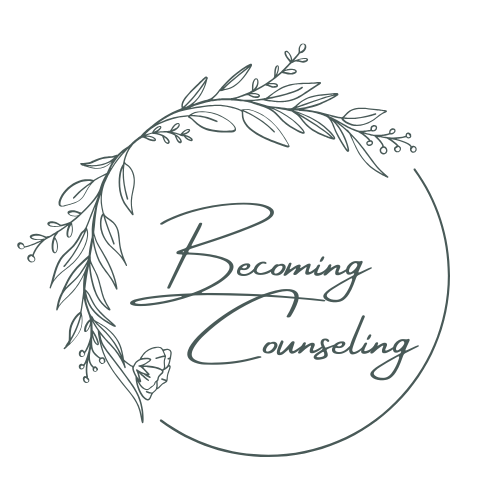Therapy is just a tool
Therapy Is a Tool—Not the Whole Toolbox
Therapy is a powerful space for healing, reflection, and growth. But it is not—and was never meant to be—the full answer.
Each week, clients come into session expecting clarity, relief, or transformation. And many times, they leave with insight, comfort, or a new way of seeing things. That’s the beauty of the therapeutic process. But there is a crucial truth that often goes unspoken: healing doesn’t begin and end in the therapy room.
Real healing is holistic. It requires community, movement, expression, and connection. It asks us to sing, to dance, to cry, to create. It pulls us outside into nature, into shared spaces, into the deeper layers of ourselves that can’t always be accessed through words alone.
What Are You Doing Outside of Therapy?
It’s worth reflecting:
Are you creating art, moving your body, or nourishing yourself with good food?
Are you finding moments of stillness or joy?
Are you reaching out, building relationships, engaging with your local community?
These are not extracurriculars—they are essential. When we lean too heavily on therapy as the solution, we risk forgetting our own agency. Therapy is a guide, not a fix. A flashlight, not the entire path.
Building Your Village
One of the most important goals of therapy is to help you build a life that sustains you beyond the therapy space. That means cultivating a support system:
Who are your people?
What does your “village” look like?
How are you preparing for the day when you no longer need regular sessions?
If you're not yet exploring this, bring it into your next session. Talk to your therapist about how to begin building a healing ecosystem outside of therapy. This might look like joining a community group, taking a dance or art class, going on regular hikes, or simply sharing more of yourself with the people around you.
The Work Doesn’t Stop at the Door
Therapy can be life-changing. But your growth depends on what you do with it. How you carry it forward. How you integrate the insights, and how you show up for yourself outside of the hour you spend each week in session.
So ask yourself—what does healing look like beyond the chair? What are you actively doing to live a full, connected, expressive life?
Therapy is a tool. A valuable one. But it’s not the whole toolbox.
You are.
